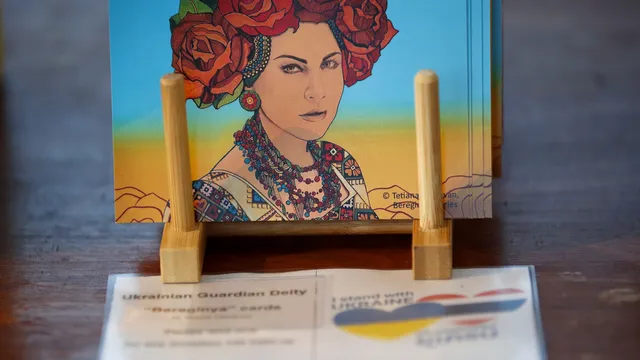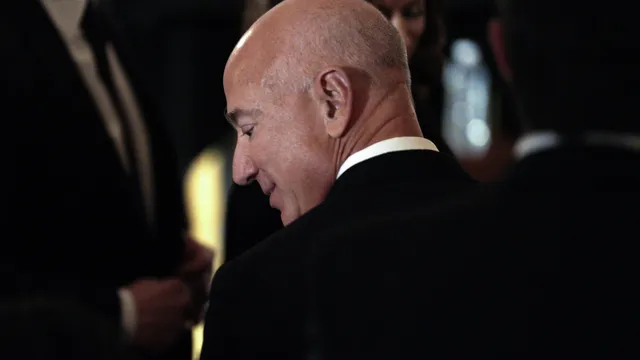In France, it became popular during the Franco-Prussian War.
They are an integral part of summer and vacations. Postcards are everywhere, on display, placed on rotating racks in beach shops or in temporary boutiques with a slightly bohemian style. Often kitschy, with a nostalgic touch or a more modern design, postcards seem timeless... But how long have they really been around?
Behind their slightly outdated appearance, these pieces of cardboard actually have a rich history, marked by a shy and controversial beginning before achieving great success, thanks in particular to an event that will go down in history, writes the Slate portal.
It is a successful story that has been seriously affected by modern means of communication, but not destroyed.
Who invented the postcard? The question remains shrouded in mystery, as countless European countries claim to have invented it. Although letters have been sent since ancient times, the postcard, which features an illustrated front and is sent without an envelope, first appeared in the mid-19th century thanks to Theodore Hook.
In 1840, this British playwright and novelist sent a strange "letter": a piece of cardboard without an envelope, with a postage stamp and hand-colored, on which was drawn a caricature mocking postal workers. The recipient? Himself.
After this experimental and obviously mocking prototype, it was time to structure the concept.
In 1865, an Austro-German postal conference marked a turning point.
The postcard was officially invented and its concept was approved. Just four years later, in Austria, economics professor Emanuel Hermann gave the model a decisive boost. He proposed a cheap postcard without an envelope, giving it the appearance we know today.
The French were skeptical of this new concept from the East, where its use was growing rapidly. It was too intrusive, exposing the recipient's letters to the eyes of everyone, especially the curious, and revealing the intimacy of the messages to all.
It would take several more years before open correspondence was finally authorized in France... thanks to the Franco-Prussian War of 1870-1871.
In the midst of the conflict between France and Prussia, an event would mark the strong entry of the postcard into French customs: the siege of Strasbourg in 1870.
The organization assisting the wounded distributed cards printed with the Red Cross emblem, allowing French soldiers to reassure their families who had no news of their loved ones.
This initiative, authorized by the Germans, marked the first widespread use in France of this new means of communication. Two years later, its use was officially authorized.
In no time at all, postcards became popular. Cheaper and faster than letters, they were an effective alternative in a world where the postal system was still in its infancy.
At the beginning of the 20th century, these little pieces of cardboard were extremely fashionable and were snapped up by the public.
Proof of this is the first illustrated postcard in France, depicting the Eiffel Tower, dating from 1889. Its publisher,
Libonnis, sold no fewer than 57,500 copies in twenty days, which was a record at the time.
The postcard underwent a new twist after 1890, when a Marseillais named Dominique Piazza sent a very special card to his Argentine friend.
What was so special about it? It was actually a photograph of the city of Marseille stuck onto cardboard.
The concept (which Dominique Piazza did not register, which was a major blow to him) spread very quickly. Everything was illustrated: landscapes, historical events, scenes from everyday life... and cats.
We find ourselves in what could resemble the first social network in history, something between Facebook and Instagram.
The messages are short, readable by all, documenting society, sometimes spreading propaganda, making people laugh, exposing, and being collected.
The various illustrations that accompany them are snapped up like viral memes that everyone rushes to share. A true golden age.
In the 1950s, color was added, in the 1960s, microfilms were integrated so that music could be reproduced (a failure), the format changed, the illustrations (which often took on a sexist character)... In short, the postcard went through all the stages.
It's no secret: the golden age of the postcard is over, and its decline began long ago.
With the advent of the telephone in 1945, emails, text messages, and social media have increasingly undermined these little pieces of cardboard, which have become almost obsolete.
But should we bury postcards forever? Not quite. Every year, 74 million postcards are sent in France. Although they have somewhat lost their function as a means of correspondence, they have become a symbol of personal and special attention.
In a world where the fleeting nature of messages obscures evidence of love and friendship, it is no longer the content that matters, but the fact that they are sent.
It is a symbolic gesture that leaves a tangible memory that no other means of communication, however modern, can match. | BGNES

 Breaking news
Breaking news
 Europe
Europe
 Bulgaria
Bulgaria







